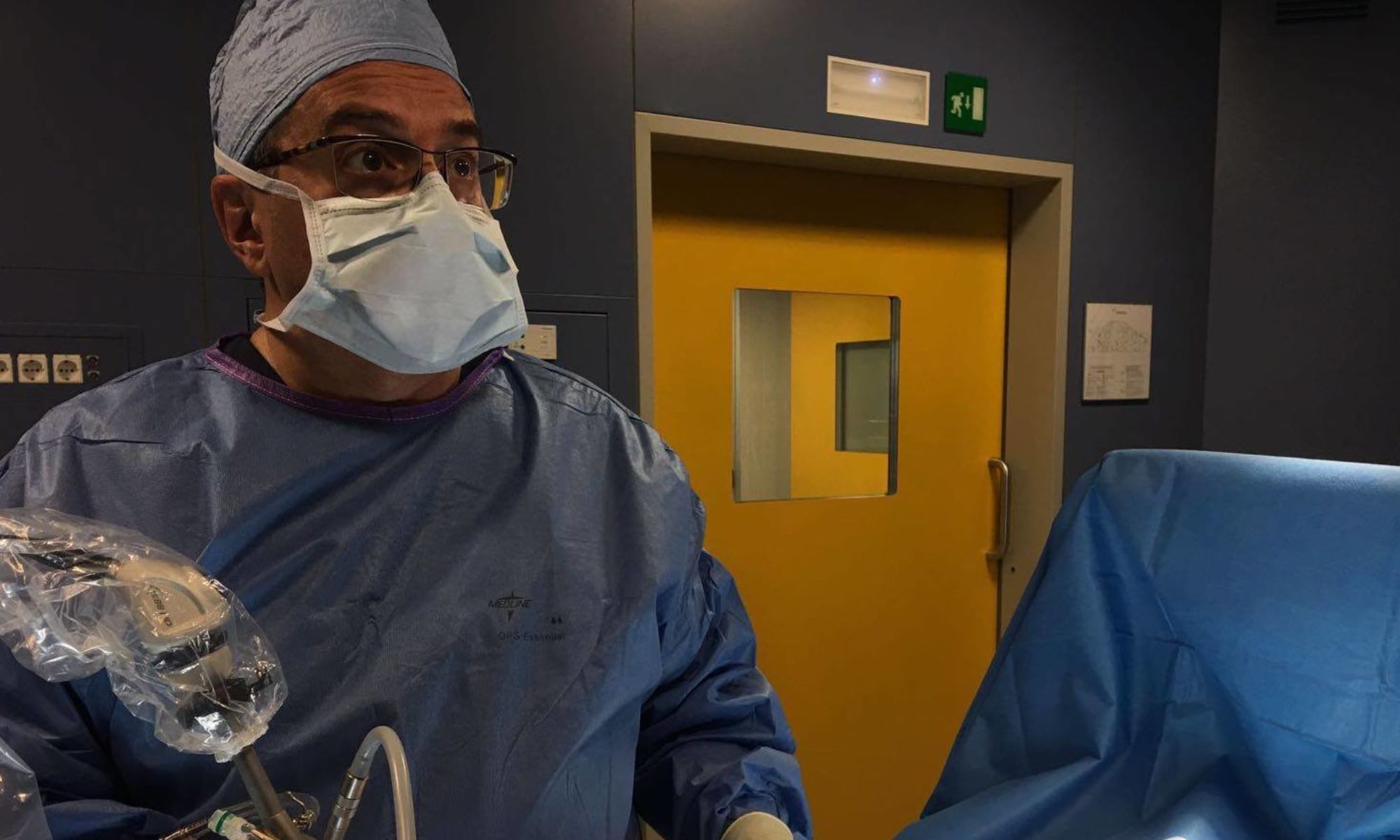[vc_row row_type=”0″ row_id=”” blox_height=”” video_fullscreen=”true” blox_image=”” blox_bg_attachment=”false” blox_cover=”true” blox_repeat=”no-repeat” align_center=”” page_title=”” blox_padding_top=”” blox_padding_bottom=”” blox_dark=”false” blox_class=”” blox_bgcolor=”” parallax_speed=”6″ process_count=”3″ video_url=”” video_type=”video/youtube” video_pattern=”true” row_pattern=”” row_color=”” maxslider_image1=”” maxslider_image2=”” maxslider_image3=”” maxslider_image4=”” maxslider_image5=”” maxslider_parallax=”true” maxslider_pattern=”true”][vc_column width=”1/1″][vc_column_text]WHAT IS IT
Diverticulosis of the colon is approximately 50% of the Western population common condition that afflicts within 60 years and almost all at the age of 80 years. Only a small percentage of people who have diverticulosis have symptoms, and only a few will require surgery.
Diverticula are pockets that develop in the walls of the colon, usually in the sigmoid or left colon, but may also affect the entire colon. Diverticulosis describes the presence of these pockets. Diverticulitis is the inflammation or complications of these pockets.
SYMPTOMS
The main symptoms of diverticular disease are abdominal pain (usually in the lower left quadrant), diarrhea, colonic spasm, changes in the hive, and occasionally severe rectal bleeding. These symptoms occur in a small percentage of patients with this condition and sometimes are difficult to differentiate from patients suffering from irritable bowel syndrome.
Diverticulitis – an infection of the diverticula – may cause one or more of the following symptoms: pain, chills, fever, change in bowel habits. A most important symptoms is present in more serious complications such as perforation with access or fistula formation.
MAIN CAUSES
Directions to the assumption that a low-fiber diet, implemented for many years due to increased pressure in the colon leading to diverticulosis.
HOW IS IT
Diverticulosis and diverticular disease, usually, they are properly treated with a proper diet, and sometimes with medications that help to control the pain, spasm and colic hive variations. Increasing the amount of dietary fiber (grains, legumes, vegetables, etc.) and sometimes restricting certain foods reduces pressure in the colon and these complications occur more rarely.
Diverticulitis requires more precise regulation. Mild cases can be controlled without hospitalization; This decision must be made by the attending physician.
The treatment consists of antibiotics taken by mouth, restrictions in the diet and the possible use of the products that make stools softer. More severe cases require hospitalization, antibiotics will be administered intravenously and dietary restraints.
Most acute attacks can be solved in this way.
Surgical treatment is reserved for patients with repeated attacks, complications or severe and when it warns’s little or even no response to medical therapy.
In surgical practice, usually a part of the colon is almost always the left or the sigmoid colon is removed and the colon is hooked and anastomosed again to the rectum. A full recovery can be expected. The normal operation of bowel movements, often recovered after three weeks, can be expected.[/vc_column_text][/vc_column][/vc_row]
